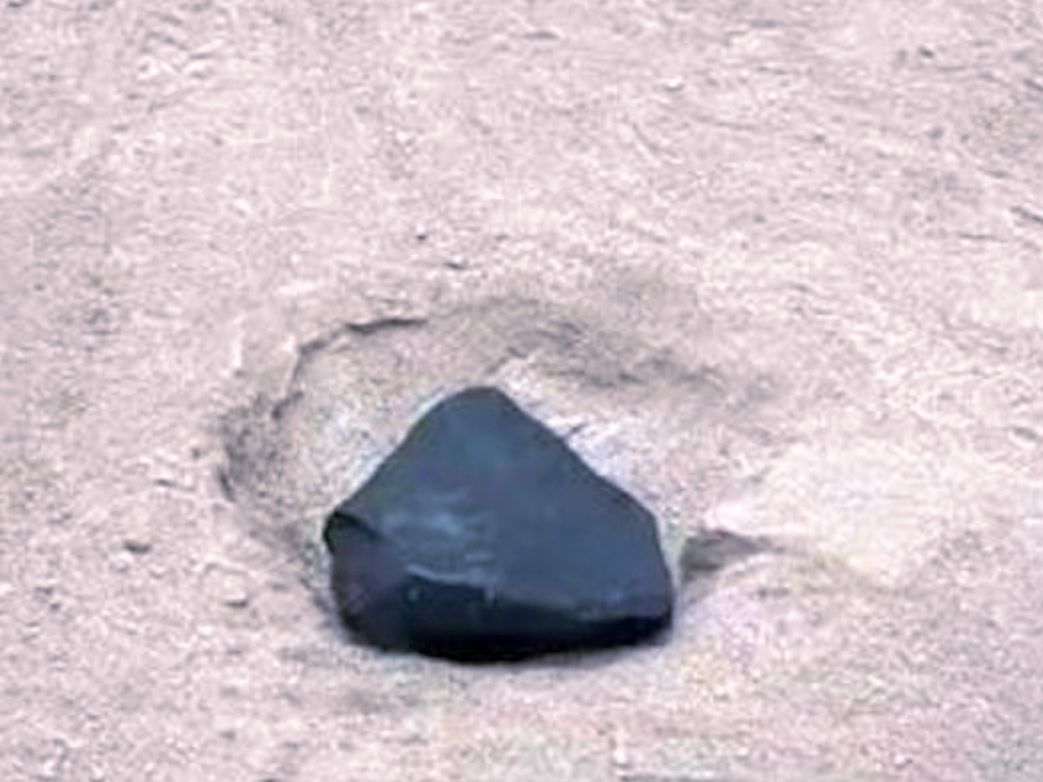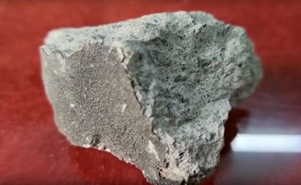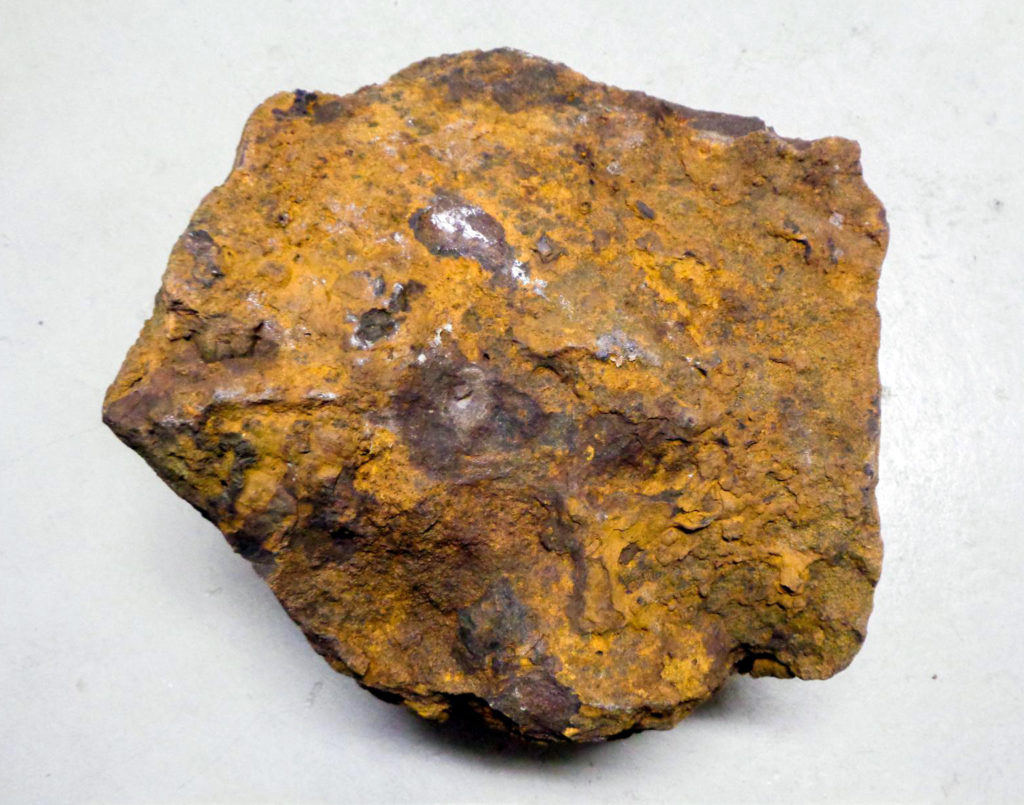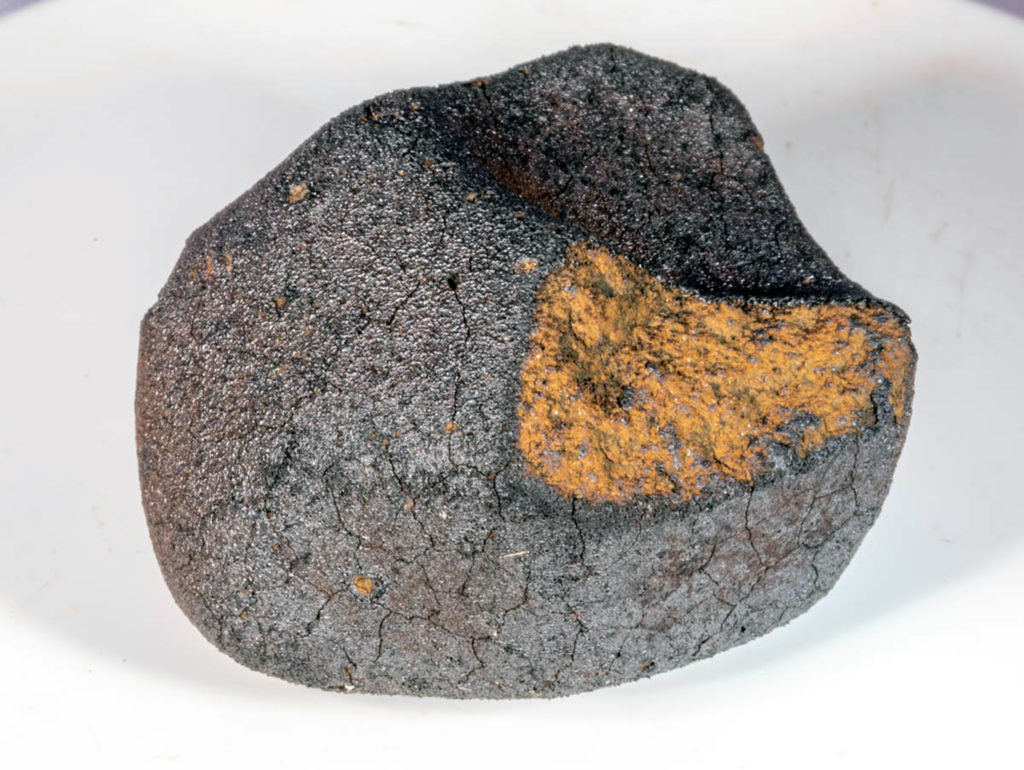Hydration and dehydration of CM chondrites revealed by X-ray diffraction combined with textural observations and compositional dataOPEN ACCESS
Naoya Imae, Makoto Kimura, Akira Yamaguchi
MAPS, Version of Record online: 18 April 2025
LINK (OPEN ACCESS)
PDF (OPEN ACCESS)
“The in-plane rotation method is used to obtain X-ray random diffraction (XRD) patterns of polished thin sections of 10 CM chondrites. The samples include five intermediately altered CM chondrites with subtypes 2.6–2.3, two heavily altered CM chondrites with subtype 2.0 and three with secondary heating after hydration (Y 980036, Y 980051, and Jbilet Winselwan). These CM chondrites are compared to each other as well as four previously analyzed CM meteorites of subtypes 3.0–2.8 and 2.0. The same thin sections also underwent textural observations and compositional analyses. Unheated CM chondrites display systematic mineralogical changes. As the alteration degree increases from subtypes 3.0–2.0, the presence of olivine and clinoenstatite decreases, while that of serpentines increases. The abundance of tochilinite significantly increases from 2.7 to 2.3 but then decreases from 2.3 to 2.0. Subtype 2.0 consists of relatively more Mg-rich serpentine than Fe-rich serpentine (cronstedtite). The XRD identified only Mg-serpentine from Jbilet Winselwan, suggesting selective decomposition of Fe-rich serpentine (cronstedtite), while all hydrous minerals in Y 980036 and Y 980051 decomposed. Additionally, all three CM chondrites with secondary heating after hydration show stage II or category B heating by the peak metamorphic temperature of 300–750°C. Compared to previous studies using XRD, the combination of XRD with the textural and compositional analyses using the same polished thin section, avoiding the preparation for powder samples, is a straightforward approach to characterize hydrated chondritic samples. The approach is nondestructive and can be correlated with SEM/EPMA, unlike previous XRD studies that required powdered samples.”
































